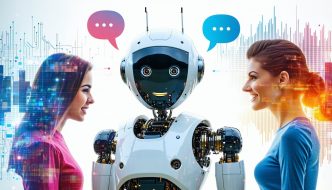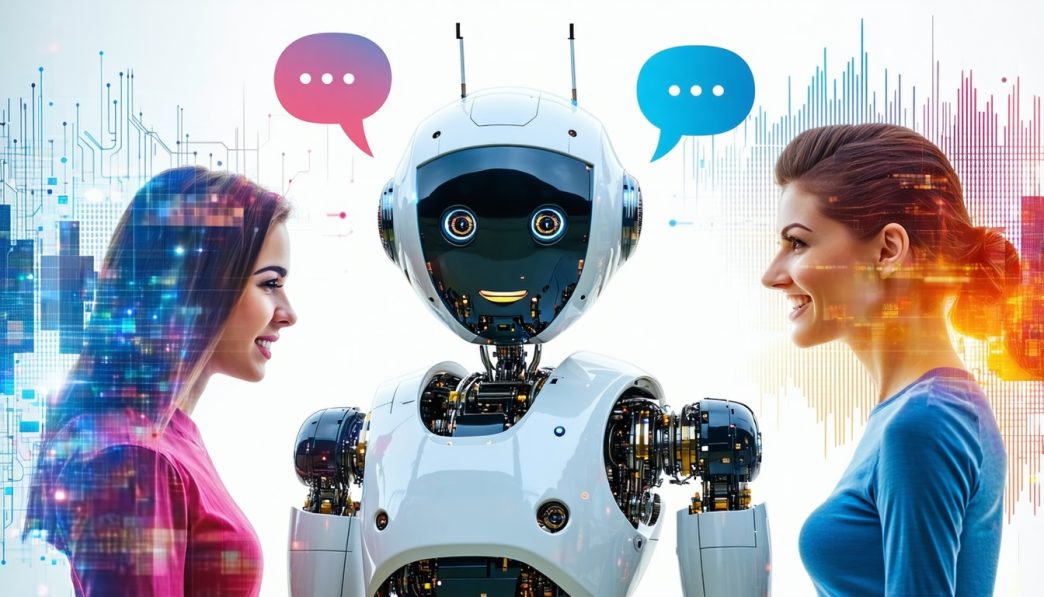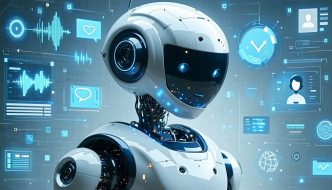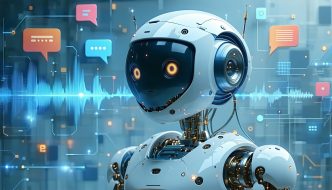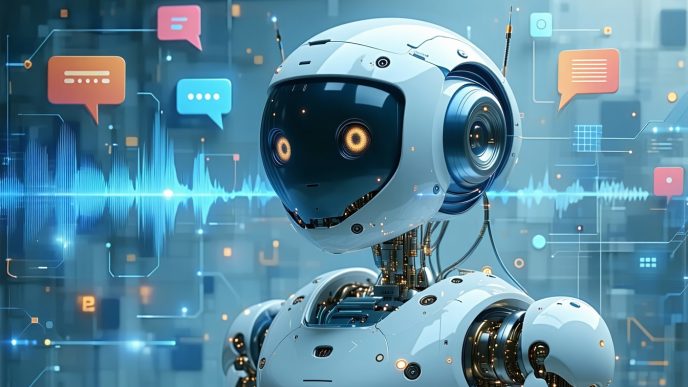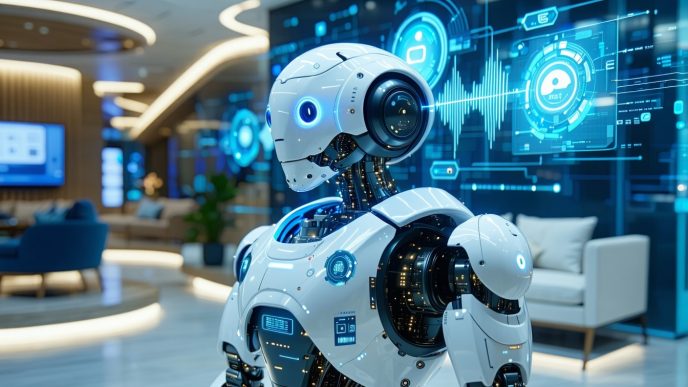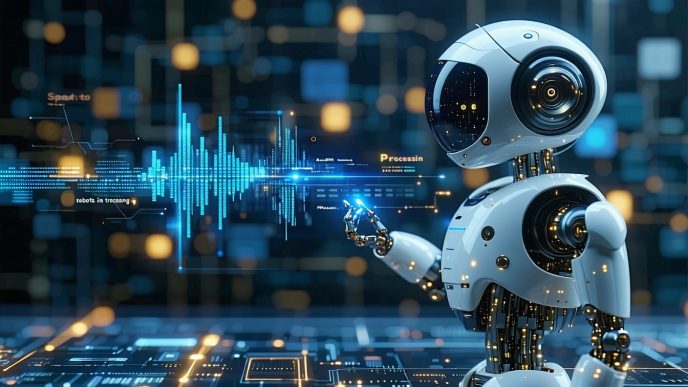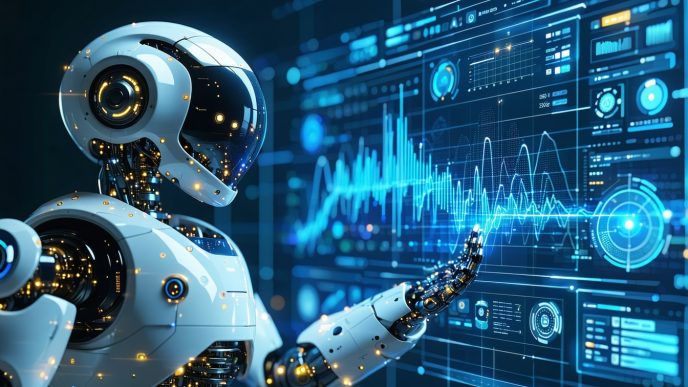Evolution of Voice Recognition in Robotics
The Importance of Understanding Different Speech Patterns
The evolution of voice recognition in robotics highlights the need for machines to comprehend the diverse ways people communicate. Understanding different speech patterns is crucial for robots to effectively interact with humans. This capability enhances user experience, promotes accessibility, and ensures that responses are appropriate regardless of the speaker’s accent or dialect.
Training robots to understand accents allows them to function in a variety of environments, making them suitable for global use. Observing how accents differ not only helps in refining recognition algorithms but also improves the robot’s ability to engage in natural conversations with individuals from diverse linguistic backgrounds. The table below illustrates some key benefits of understanding various speech patterns:
| Benefit | Description |
|---|---|
| Enhanced Communication | Improved clarity in interactions |
| Increased Engagement | Users feel more comfortable speaking |
| Broader Accessibility | Service to users from different regions |
Applications of Voice Recognition in Robotics
Voice recognition technology is being integrated into various robotic applications, enabling them to perform tasks more effectively and enhance their usability. Some vital applications include:
| Application | Description |
|---|---|
| Smart Home Devices | Control appliances and systems through voice commands |
| Personal Assistants | Provide information, reminders, and handle inquiries |
| Autonomous Robots | Navigate environments and respond to user commands |
| Customer Service Robots | Assist customers with inquiries using natural language |
These applications illustrate the transformative potential of voice recognition systems that are capable of understanding diverse speech patterns. The integration of robot voice recognition and NLP plays a significant role in achieving this versatility, making robots more intuitive and accessible for everyday users. As the technology evolves, fostering effective communication with robots becomes increasingly feasible, enhancing user interactions and satisfaction.
Challenges in Training Robots to Understand Accents
Robots face significant challenges when it comes to understanding human speech, particularly with variations in accents. These obstacles can hinder their effectiveness in interacting naturally with users. Understanding both pronunciation differences and language barriers is essential for improving voice recognition technology.
Variation in Pronunciation and Dialects
Different regions and cultures often have distinct ways of pronouncing words. These variations can include differences in vowel sounds, stress patterns, and intonation. As a result, a robot trained to recognize speech from one region may struggle to comprehend speech from another, even if the same language is being spoken.
To illustrate the impact of these variations, the table below details common pronunciation differences in the English language based on regional accents:
| Accent | Example Word | Pronunciation Variation |
|---|---|---|
| American | “water” | /ˈwɔːtər/ |
| British | “water” | /ˈwɔːtə/ |
| Australian | “water” | /ˈwɔːdə/ |
| South African | “water” | /ˈwɑːtər/ |
This diversity in pronunciation complicates the robot’s ability to accurately process and respond to voice commands. By gathering a broader range of speech samples during data collection, developers can train robots to recognize variations and improve their understanding of different dialects.
Overcoming Language Barriers
Language barriers present another challenge for robots attempting to understand accents. Even within a single language, there are numerous dialects, idioms, and slang that can differ significantly. Additionally, many individuals use code-switching, alternating between languages or dialects during conversation, which can confuse voice recognition systems.
Training robots to understand these linguistic nuances involves extensive natural language processing. Developers must incorporate language models that accurately reflect regional vocabularies and the contexts in which they are used.
One effective method for addressing language barriers is through machine learning, allowing robots to adapt through exposure to diverse speech patterns. Continuous learning and adaptation enhance the accuracy of voice command recognition. For insights on improving voice command accuracy in robots, consider exploring how innovative training techniques can shape the future of robot communication.
In summary, overcoming challenges related to variation in pronunciation and language barriers is crucial for enhancing the effectiveness of robots in understanding accents. This progress will ultimately lead to more engaging and intuitive interactions with users, as explored in previous sections about the advancements in conversation capabilities in robots.
Techniques for Improving Accent Recognition
To enhance the ability of robots to understand various accents, significant advancements are made in techniques like machine learning algorithms and data collection methods. These methods help ensure that robots can accurately interpret spoken commands from users with different speech patterns.
Machine Learning Algorithms
Machine learning algorithms are at the core of training robots to understand accents. These algorithms analyze vast amounts of speech data to identify patterns and nuances specific to different accents. Here’s a closer look at some common types of algorithms used:
| Algorithm Type | Description |
|---|---|
| Neural Networks | Mimic the way human brains process information and can learn from large datasets. |
| Decision Trees | Use a tree-like model to make decisions based on input features, suitable for handling categorical data. |
| Support Vector Machines | Classifies data by finding the optimal hyperplane that separates different classes of input data. |
These algorithms need to be trained on diverse datasets that reflect a variety of accents. The more varied the input data, the better the machine learning model becomes at recognizing different ways people speak. Training robots to understand accents involves continuous learning, where feedback from users can improve their accuracy over time.
For more details on voice recognition technologies, check out our article on robot voice recognition and nlp.
Data Collection and Analysis
Effective data collection and analysis play a crucial role in improving accent recognition. Gathering substantial speech samples from different speakers is essential for training algorithms. This process includes:
- Diverse Sampling: Sampling from speakers of various ages, genders, and backgrounds ensures robust data representation.
- Controlled Environments: Recording in environments with minimal background noise helps capture clear audio samples.
- Accurate Transcription: Having accurate transcriptions of spoken segments is necessary for aligning text and audio data.
The collected data is then analyzed to understand the variations in pronunciation, intonation, and rhythm unique to different accents. Modern techniques in data analysis, such as clustering and dimensionality reduction, help simplify complex datasets and reveal patterns.
| Data Collection Method | Benefits |
|---|---|
| Audio Recording | Captures real-life speech examples with accents. |
| Surveys | Gathers subjective feedback on clarity and understanding. |
| Phonetic Analysis | Analyzes sound variations and phonemic patterns across accents. |
This data-driven approach ensures that machine learning models can adapt to real-world communication styles. As robots evolve to include more advanced natural language understanding in robots, these techniques will help enhance their ability to engage in meaningful conversations with users.
The evolution of these technologies will continue to shape the future of human-robot interactions, paving the way for more intuitive and responsive robotic assistants. For additional insights, you may explore our articles on voice command accuracy in robots and conversation capabilities in robots.
Enhancing Natural Language Understanding
As robots continue to evolve in their interaction capabilities, enhancing natural language understanding (NLU) becomes increasingly vital. This involves not only comprehending the words spoken but also grasping the context and emotional undertones inherent in human speech.
Contextual Understanding
Contextual understanding enables robots to interpret sentences based on surrounding information, thus improving communication accuracy. It allows robots to differentiate meanings based on usage and situational nuances. For example, the phrase “Can you help me?” might imply a request in a casual context, while in a formal setting, it could suggest a more urgent need for assistance.
Robots use various strategies, including natural language processing (NLP) techniques, to achieve contextual understanding. Machine learning models play a crucial role in training these robots by analyzing large datasets of conversations. This deep learning methodology helps robots to recognize not just words but their intended meanings related to context.
| Context Type | Example Phrase | Interpretation |
|---|---|---|
| Casual | “I’m feeling blue.” | A mood state, not a literal color. |
| Formal | “We need to address this issue.” | Indicates importance and urgency. |
Improving contextual understanding leads to better conversation capabilities in robots. This development enhances how robots respond to commands and questions, creating a more seamless interaction experience.
Emotion Recognition
Emotion recognition complements contextual understanding by allowing robots to detect feelings from voice tones, speech patterns, and even facial expressions. Recognizing emotions helps robots grasp user moods and respond with appropriate empathy.
The incorporation of emotion recognition technology involves analyzing intonation, volume, and speech pace. For instance, if a user expresses frustration in their voice, a robot could respond with reassurance or offer to assist further. This feature becomes essential in applications involving customer service or personal companionship.
| Emotion Type | Vocal Cues | Possible Robot Response |
|---|---|---|
| Happy | Upbeat tone | “I’m glad you’re feeling good!” |
| Frustrated | Raised voice | “I understand this may be frustrating. How can I help?” |
| Sad | Slow pace | “I’m here for you. Want to talk?” |
Enhancing emotion recognition in robots contributes to their ability to interact more naturally. This improvement is especially pertinent for families and users keen on utilizing robots in daily life. To understand further about the role of natural language understanding in robots, readers can explore existing literature that discusses the intricacies of robot speech comprehension.
The dual advancement of contextual understanding and emotion recognition lays the groundwork for better communication, making robots more effective in voice command accuracy in robots and user interaction efficiency.
Advancements in Multi-Accent Understanding
Voice recognition technology in robotics has made significant strides in adapting to different speech patterns, particularly regional dialects and accents. These advancements enhance the ability of robots to interact naturally with users from diverse backgrounds, thus improving user experiences.
Adaptation to Regional Dialects
Adapting to regional dialects is a critical aspect of training robots to understand accents. Variations in speech can change how words are pronounced, making it essential for robots to recognize and interpret these differences accurately. By using machine learning models, developers can train robots on large datasets that reflect various dialects and regional pronunciations.
The following table illustrates the percentage of speech recognition accuracy across different dialects, showcasing improvements over recent years.
| Dialect | Recognition Accuracy (%) | Year of Study |
|---|---|---|
| American English | 95 | 2023 |
| British English | 92 | 2023 |
| Australian English | 90 | 2023 |
| Indian English | 85 | 2022 |
| South African English | 88 | 2022 |
Through targeted training, robots can better understand speakers with distinct accents and dialects, leading to improved interaction quality. For more about how voice recognition works in robotics, refer to our article on robot voice recognition and nlp.
Real-Time Accent Adaptation
Real-time accent adaptation is another groundbreaking advancement in voice recognition technology for robotics. This feature allows robots to adjust their understanding dynamically as they interact with users. By incorporating context-aware algorithms, robots can modify their recognition strategies based on immediate speech patterns and previous interactions.
For example, if a user frequently uses certain phrases unique to their dialect, the robot learns to recognize and respond to those phrases more effectively in future conversations. This capability significantly enhances the robot’s interaction quality and user friendliness, ensuring that it meets the specific communication style of the user.
Research into real-time adaptation shows promising results, as demonstrated in the table below, which outlines various interaction scenarios and corresponding accuracy improvements.
| Interaction Scenario | Initial Recognition Accuracy (%) | Post-Adaptation Accuracy (%) |
|---|---|---|
| Standard English Speaker | 90 | 95 |
| Heavy Regional Accent | 70 | 88 |
| Mixed Dialects | 75 | 85 |
These advancements signify a commitment to enhancing the interaction capabilities of robots, allowing for a more personalized experience. For insights on how robots understand and respond to speech, check our article on conversation capabilities in robots.
Future Prospects in Accent Recognition for Robotics
As robots continue to evolve, the future of accent recognition holds exciting possibilities. Personalization of robot communication and the integration of multiple languages are two key areas that will enhance how robots interact with humans.
Personalization of Robot Communication
Personalizing how robots communicate allows them to adapt to individual users. This can involve learning a user’s specific speech patterns, preferences, and even emotional tones. By utilizing advanced voice recognition technology, robots can tailor their responses to create a more engaging and relatable interaction.
This personalization can enhance user experience significantly. Imagine a robot that recognizes a user’s accent and dialect, adjusting its own speech accordingly, thereby improving voice command accuracy in robots. Each interaction can become a seamless exchange, as the robot learns to offer responses that resonate more with the user.
| Feature | Benefits |
|---|---|
| Adaptive Speech Patterns | Increased relatability and comfort for users |
| Emotion Recognition | Enhanced responsiveness to user feelings |
| Custom Vocabulary | More relevant and personalized interactions |
Integration of Multiple Languages
As technology progresses, the ability for robots to understand and respond in multiple languages will become increasingly important. The integration of multilingual capabilities will allow robots to serve diverse communities, facilitating smoother communication across language barriers.
Training robots to understand accents in various languages can be particularly challenging, but advancements in machine learning and data analysis are making strides in this area. With improved natural language understanding in robots, robots will not only process commands but also appreciate the nuances of different languages.
| Language | Estimated Global Speakers (in millions) |
|---|---|
| English | 1,500 |
| Mandarin | 1,200 |
| Hindi | 600 |
| Spanish | 500 |
The data indicates a significant number of speakers across various languages. The challenge remains in training robots effectively to cater to such diverse linguistic needs. Successful implementation of multilingual capabilities will greatly enhance conversation capabilities in robots, leading to more inclusive interactions in homes and workplaces.
The continued evolution of accent recognition will play a pivotal role in how humans and robots communicate, ultimately shaping the future of voice interaction with robots.

